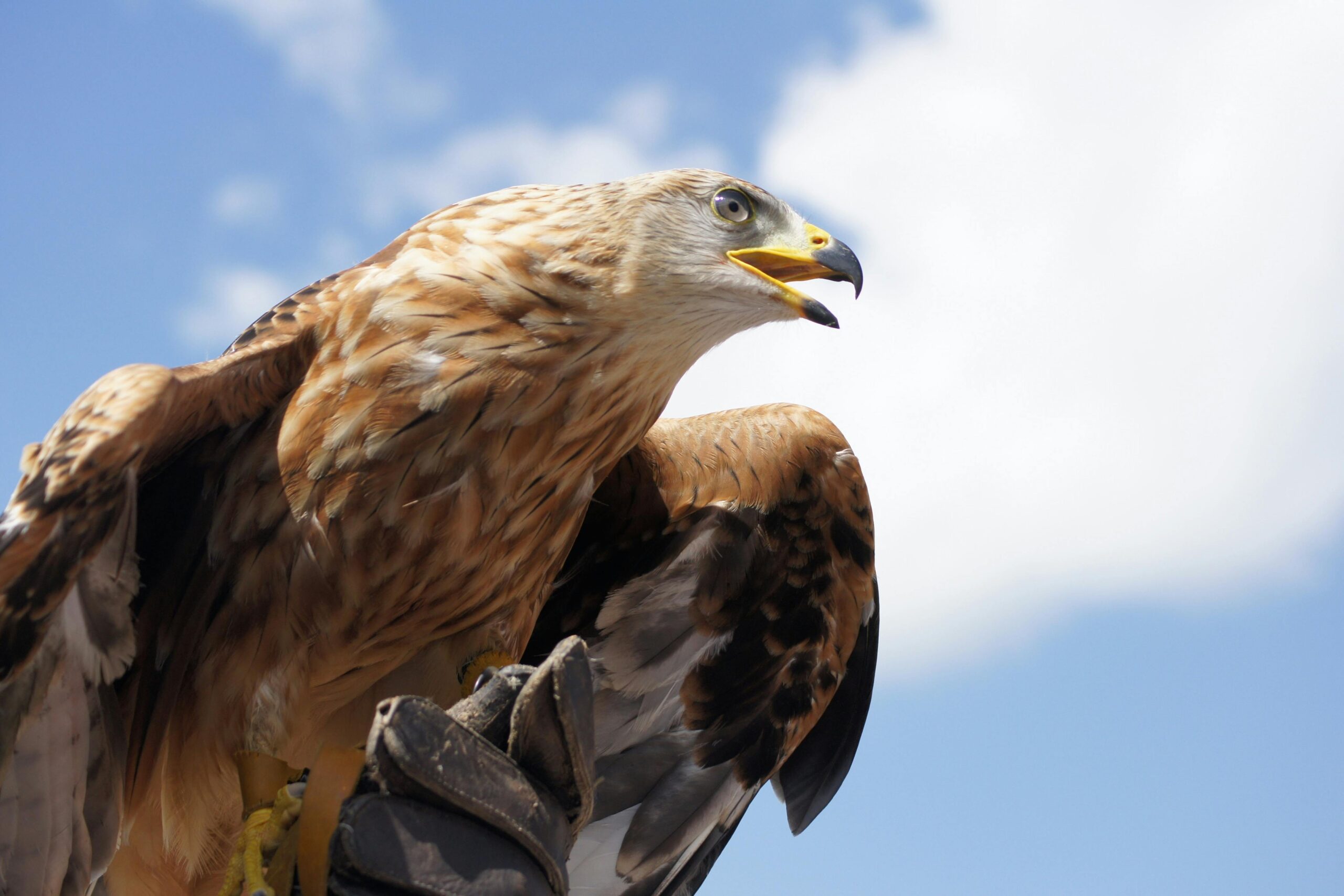The Golden Eagle is a magnificent bird of prey known for its impressive physical attributes, and its wingspan is a key feature that contributes to its awe-inspiring presence in the skies. With a wingspan ranging from 72.8 to 86.6 inches (185 to 220 cm), the Golden Eagle is one of the largest birds in North America, rivaling the size of a goose.
The Exact Wingspan of the Golden Eagle
The Golden Eagle’s wingspan can vary depending on factors such as sex, age, and geographical location. Generally, male Golden Eagles have a wingspan of around 72.8 to 78.7 inches (185 to 200 cm), while females have a slightly larger wingspan of approximately 78.7 to 86.6 inches (200 to 220 cm). The largest Golden Eagle on record had a wingspan of 2.81 m (9 ft 3 in).
Factors Influencing the Golden Eagle’s Wingspan
Subspecies Variations
The Golden Eagle’s wingspan can also be influenced by its subspecies. For instance, the Altai Golden Eagle (Aquila chrysaetos daphanea) is generally the second-darkest subspecies, with a wingspan averaging 2.21 m (7 ft 3 in).
Age and Sex Differences
As mentioned earlier, the Golden Eagle’s wingspan can vary between sexes, with females typically having a larger wingspan than males. Additionally, the wingspan may change as the eagle matures, with younger birds having slightly smaller wingspans compared to their adult counterparts.
Geographical Location
The geographical location of the Golden Eagle can also play a role in its wingspan. Eagles living in different regions may have slight variations in their physical characteristics, including their wingspan.
The Importance of the Golden Eagle’s Wingspan
The Golden Eagle’s impressive wingspan is not just a visual spectacle; it serves a crucial purpose in the bird’s hunting and soaring abilities.
Hunting Prowess
The Golden Eagle’s long, straight, and powerful hallux-claw (hind claw) is about one centimeter longer than a Bald Eagle’s and a little more than one centimeter less than a Harpy Eagle’s. This feature allows the Golden Eagle to catch and carry prey effectively, contributing to its hunting prowess.
Soaring Efficiency
The Golden Eagle’s broad, long wings are designed for efficient soaring, enabling the bird to conserve energy and cover vast distances while searching for prey. This adaptability allows the Golden Eagle to thrive in a variety of habitats, from mountainous regions to open grasslands.
Comparison to Other Raptors
While the Golden Eagle is one of the largest birds in North America, it is not the only raptor with an impressive wingspan. Let’s take a look at how the Golden Eagle’s wingspan compares to other notable birds of prey:
| Bird Species | Wingspan Range (inches) |
|---|---|
| Golden Eagle | 72.8 to 86.6 |
| Bald Eagle | 70.9 to 90.6 |
| Harpy Eagle | 78.7 to 86.6 |
| Red-tailed Hawk | 45.3 to 52.4 |
| Peregrine Falcon | 39.4 to 43.3 |
As you can see, the Golden Eagle’s wingspan is comparable to or even larger than that of the Bald Eagle, another iconic North American raptor. However, it is significantly larger than the wingspans of the Red-tailed Hawk and Peregrine Falcon, which are smaller birds of prey.
Conclusion
The Golden Eagle’s impressive wingspan is a testament to its power, grace, and adaptability as a bird of prey. With a wingspan ranging from 72.8 to 86.6 inches (185 to 220 cm), the Golden Eagle is one of the largest birds in North America, capable of soaring and hunting with remarkable efficiency. This physical attribute, combined with the eagle’s other unique features, makes it a truly awe-inspiring sight in the skies.
References:
– New York Department of Environmental Conservation: Golden Eagle
– Washington Department of Fish & Wildlife: Golden Eagle
– Raptor Center, University of Minnesota: Golden Eagle
– Wikipedia: Golden Eagle
– All About Birds: Golden Eagle



